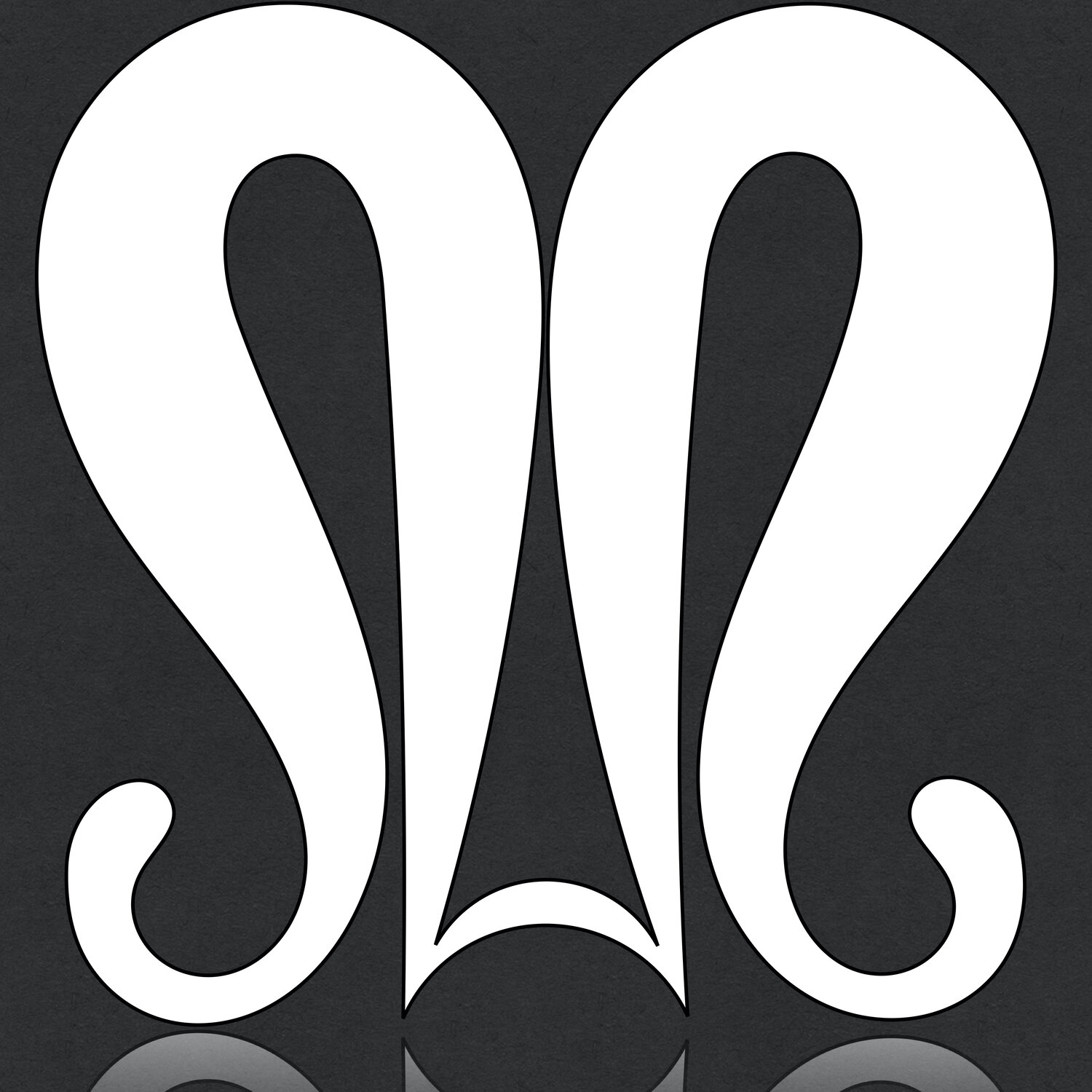Analyzing Freyle’s Jacket of Cloth
As I'm sure you know, Freyle's Ropilla is my all-time favorite jacket from any of the extant tailors' manuals.
I have gone through many iterations to understand it and the way it works.
It is simple to draft and that makes it very good for beginning pattern makers. However, it is a little more complicated to put together.
There is a lot of ironwork that is used to make a garment like this fit well and hang beautifully. In fact, there is as much, or more ironwork involved in this style of jacket as there is in a modern suit coat.
I begin my analysis of one of these patterns by just looking at the image and assessing the proportions of the material as they are listed and then I translate the cutting notes to make sure they don't have any hidden information that isn't already in the diagram. Sometimes the notes have a little more info...like describing a piece that has been left out of the diagram or better still, construction information.
Once I've analyzed the information in the diagram, I then start to figure out the shapes in relation to actual human bodies. As you will can see in the original layout from the manual, the shapes a little sloppy to be considered true. My first step though, is look at them as they are. Then I decide what needs to be changed to actually fit on the body. The diagram to the left is my translation of the notes and title as well as a direct digital tracing of the original layout.
After that has been done, I add in the additional measurements to draft the shape. These additional measurements have been gleaned over time as a tailor working with historical shapes. Usually, my additions are correct. Sometimes they aren't and I have to re-think where the issue lies and how to fix it.
You will notice that the collar is quite tall and I suspect it was meant to be folded over during wear because I will tell you from experience...L-s for a collar height is bananas. It is so tall that it grazes my ears.
This collar height is so tall that there have been times when I've wondered if it was meant to be folded to the inside to self-face. If there weren't SO many extant doublets to refute this hypothesis, I might have run with it. Since the evidence doesn't support the theory, I have no choice but to leave it alone and work with what we really know about collar construction of the time.
The diagram to the right, is my re-drawing of the pattern with better shape details, more subtlety and more measurements that would enable someone to actually draw the shapes onto the cloth and create something that is wearable. All drafts from these manuals have seam and hem allowances already included. I have drawn them in here. You can see that there is a wide allowance at the side back for alteration and to allow the back of the jacket skirt to lie underneath the front skirt. In images and one extant example, the sides are left open below the waist. I have indicated this here.
In my interpretation of the pattern (the main post photo), I have chosen to leave the seams closed all the way to the hem. At the time I made the suit, I was in a hurry to finish it so I could be photographed for the book into which it was going. If I were to make this jacket again, I would leave them open.
Internally, there is a little bit of support in the shoulder of the jacket and linen strip in the hem for stiffening. There is a twill tape inside the front to support the buttons and the collar has three layers of linen pad stitched through all layers to give it support. The lining is lightweight linen. The buttonholes are faced with a scrap of silk and the linen lining is set just behind the beck end of the buttonholes.
When I make this jacket again, I am going to change the shape at the wrist a little bit. When I made the one in the photo, the wrist ended up feeling clunky and at an odd angle that I don't like. I will make it fit better and have better positioning on the wrist next time.




